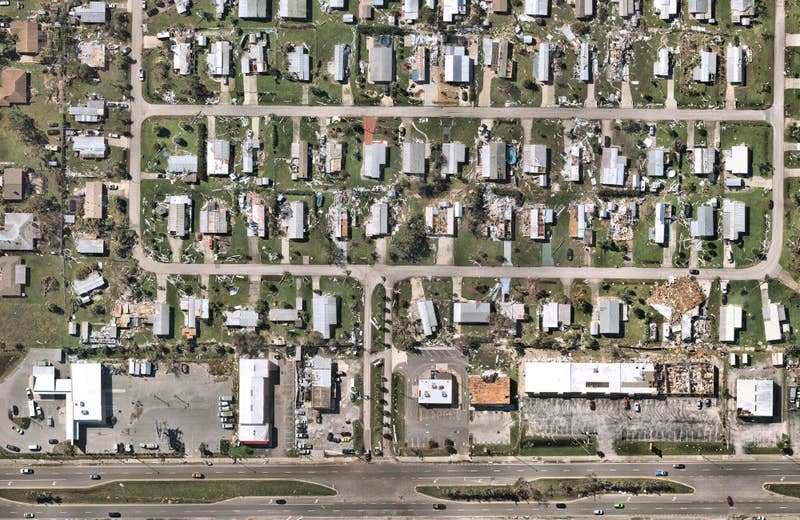Related Product
Nearmap Vertical
Frequently captured high-resolution aerial imagery at 5.6–7.5cm GSD provides the clarity needed for more accurate insights and analysis.

Post-catastrophe imagery and AI-derived property damage and condition data unite to help insurers process customer claims more efficiently.



